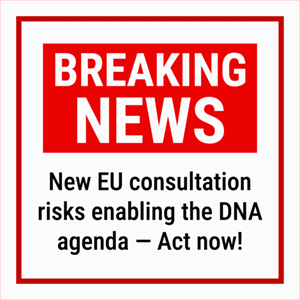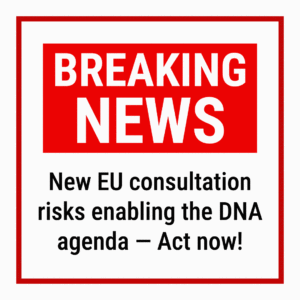EURACTIV
Autore: Redazione Euractiv
As the European Commission released its third round of EU and national reports on digitalisation goals on 16 June, Euractiv examined the stark contrast between its pessimistic EU-wide assessment and the more optimistic national-level conclusions.
The EU has committed to ambitious 2030 targets: 100% coverage of inhabited areas with very high-capacity networks (VHCNs) – capable of delivering 1 Gbps download speeds – as well as full fibre and 5G deployment. To monitor progress, the Commission compiles annual reports based on data from member states. However, this year’s presentation was skewed to support the forthcoming Digital Networks Act (DNA), expected in December, which aims to overhaul telecom regulation by deregulating the market.
Germany’s meagre fibre shouldn’t distract from progress elsewhere
Despite solid progress – VHCN and fibre coverage reached 82.5% and 69.2% of buildings respectively by the end of 2024 – the Commission’s aggregate report warns that “at the current pace, full coverage would only be achieved by 2051.” It then positions the DNA as the remedy to accelerate deployment.
This contrasts with its own country-level reports, which suggest most member states are either on track or exceeding national targets – calling into question the need for alarm.
Only a few countries appear at risk of missing the EU 2030 goal: Austria, Belgium, Czechia, Estonia, Germany, and Latvia. But this list requires nuanced reading: Austria, Belgium, and Czechia have set more modest targets than the EU’s – 72%, 82%, and 60% fibre coverage respectively. These three are betting on relying on coaxial networks and fibre networks to be 100% very-high capacity network ready by 2030 – and are all either on track or slightly ahead of their fibre roll out plans.
Germany is the main concern. Fibre coverage stood at just 36.8% in 2024, and at the current pace projections show it reaching just 71% by 2030.
With Germany accounting for 17% of the EU population, this performance would significantly dent the EU’s 2030 target – implicating major German telcos’ failure to invest in infrastructure upgrades.
National reports show no structural failure of the market in digital infrastructure. The real challenge remains in rural and remote areas, where private investment is limited and public subsidies are necessary – funds that are harder to secure as EU priorities shift towards defence.




